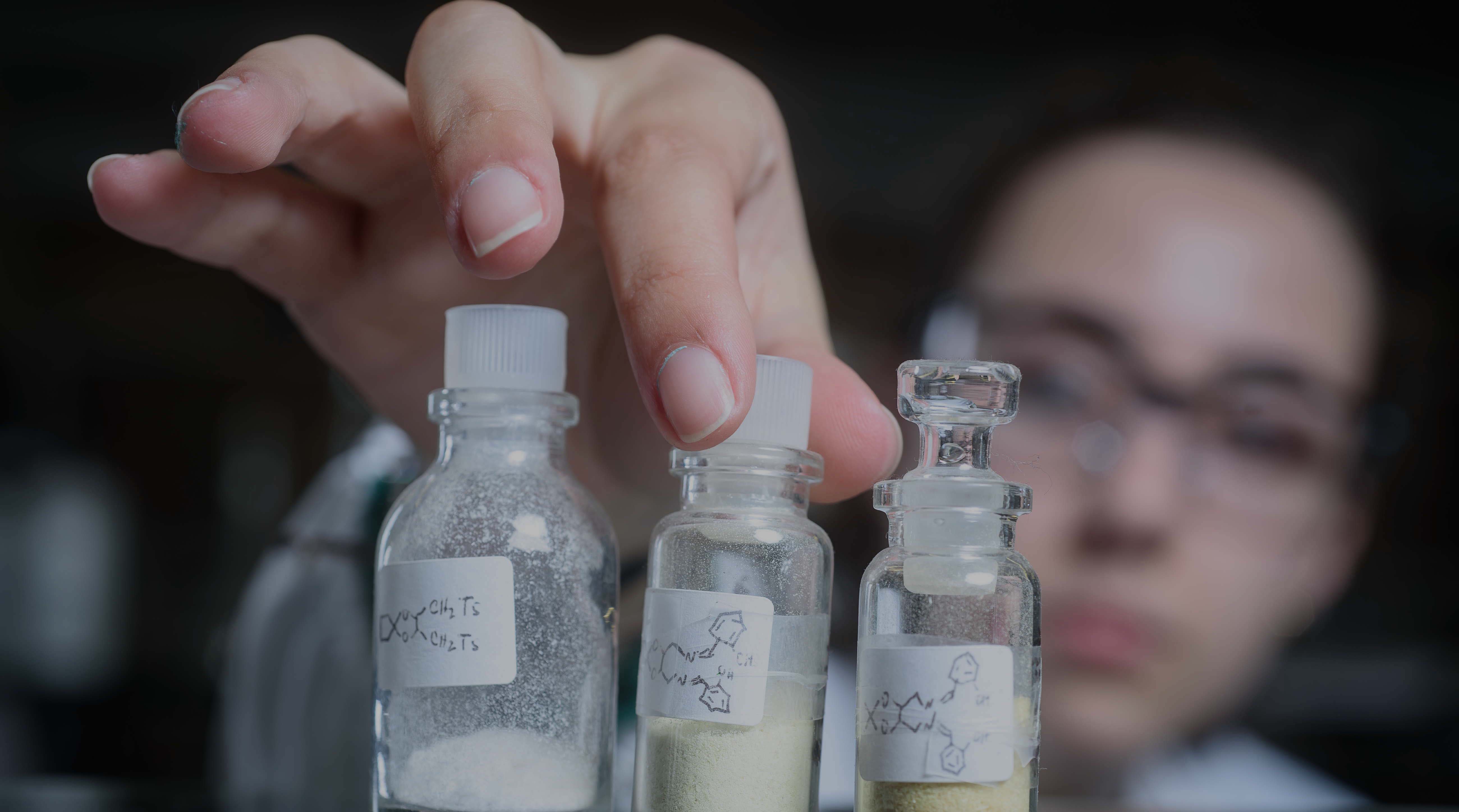Transport properties in solution and through polymers
Our work has been devoted to the characterization by diffusion and electrical conductivity of aqueous solutions of small molecular weight molecules (e.g., amino-acids) in binary systems and also multicomponent systems (in the presence of, e.g., cyclodextrins), and on the development of polymeric films with specific functionalities (e.g., hydrogel-based delivery matrices, porphyrin-containing PEEK films with improving diffusing and permeation properties and paper tissue with improved water absorption and permeation properties).
Supramolecular host-guest compounds
We are interested in the physical-chemical behavior of host-guest compounds based on cyclodextrins and surfactants, allowing to modify the micellization properties of surfactants; other systems involving cucurbit[n]urils and luminescent compounds have also been developed.
Development of cyclodextrin-containing biobased polymers for the removal of micropollutants compounds from wastewaters.
Interactions between surfactants and polyelectrolytes, and multivalent metal ions
Our interests are on the role of surfactants on the structure of high quantum yield polyelectrolytes, such as polyfluorenes, as well as on the development of lanthanide-containing polyelectrolyte-based probes.
Photochemistry research focuses on:
- Photophysical processes in systems such as AIE-luminogens, BAI, tryptanthrin, and thioindigo derivatives
- Practical applications of these compounds, such as tryptanthrin, include their use as active materials in Redox Flow Batteries.
- Practical applications of these compounds, including donor-acceptor systems with anthraquinone, involve their use as dyes in Dye-Sensitized Solar Cells (DSSCs).
- Host-Guest interactions of cucurbiturils (CB7 and CB8) with fluorescent probes.
- PhotoCORMS (Controlled Photo-Released Organic Molecules, in collaboration with CICECO-UA).
- TTA-UC molecular systems.
- Aurophilic complexes involving Au(I) and coumarin.
- Synthesis of ligands to stabilize G-quadruplexes for inhibiting DNA telomerase in cancer cells.
- Conjugated organic polymers, including polyfluorene and ladder-type polymers.
- The chemistry of the molecules of colour, including their use on 19th-century postage stamps.
- We are also deeply engaged in the study of indirubin and isoindigo derivatives in the context of the molecules of colour.
